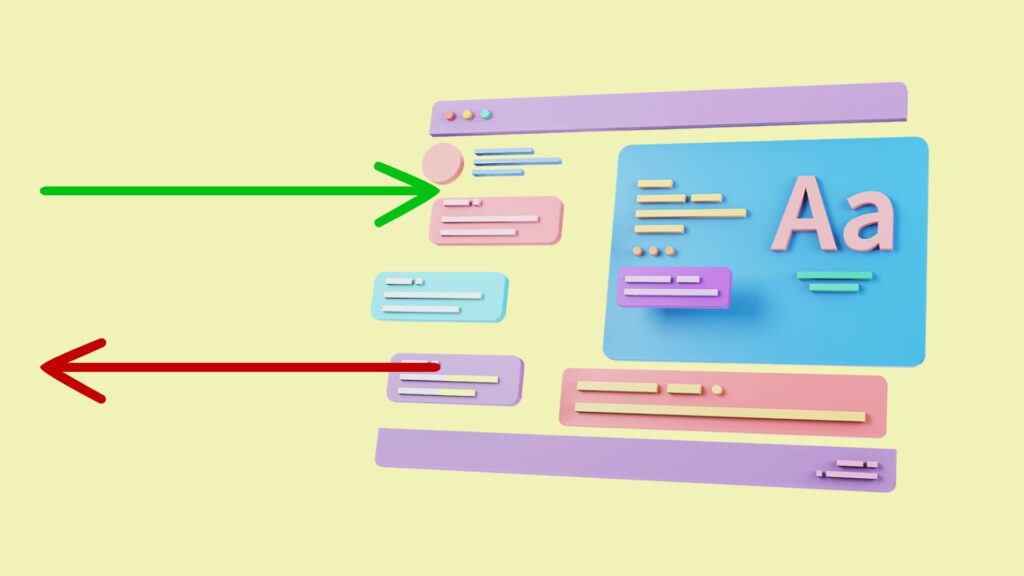Next-Level SEO Strategies to Reduce Bounce Rate and Keep Users Engaged
As an analytical, professional SEO writer at IncRev, I understand the importance of creating incredibly engaging, well-crafted, and valuable content that enriches the reader’s experience. Bounce rate is a crucial metric that can significantly impact your website’s performance, conversion rates, and search engine rankings. In this comprehensive guide, I will explore various strategies and techniques to help you reduce bounce rate and keep your users engaged, ultimately leading to better SEO results.
What is Bounce Rate?
Bounce rate is defined as the percentage of visitors who leave your website after viewing only a single page, without interacting with any other part of your site. A high bounce rate can be detrimental to your website’s success, as it indicates that visitors are not finding what they’re looking for or are experiencing issues with user experience, content quality, or page layout.
Why is Bounce Rate Important?
- Bounce rate directly impacts conversion rates. When visitors bounce from your site, they are unlikely to convert, whether it’s making a purchase, filling out a form, or taking any desired action.
- Bounce rate may be a Google ranking factor. Several studies have found a correlation between bounce rate and higher rankings in Google SERPs, suggesting that Google may use bounce rate as a signal for determining the quality and relevance of your content.
- A high bounce rate can indicate issues with your website’s user experience, content quality, or page layout, which need to be addressed to improve overall performance.
Strategies to Reduce Bounce Rate
Embed Engaging Videos
Embedding high-quality videos on your pages can significantly reduce bounce rate and increase the average time spent on the page. Videos provide an engaging and interactive way to present information, keeping visitors hooked and reducing the likelihood of them leaving your site prematurely.
Optimize Content Readability
Improving the readability of your content can have a direct impact on bounce rate. Use ample white space, break up long paragraphs, and employ a legible font size (15-17px). Additionally, incorporate clear section subheadings to make your content easy to skim and navigate.
Implement Internal Linking
Internal linking not only benefits SEO but can also help reduce bounce rate. By linking to relevant pages within your website, you encourage visitors to explore more content, increasing the chances of them staying engaged and decreasing the likelihood of bouncing.
Utilize Exit-Intent Popups
While traditional popups can be intrusive and increase bounce rate, exit-intent popups can be an effective strategy for reducing bounces. These popups are triggered when a visitor is about to leave your site, presenting them with a compelling offer or lead magnet, potentially keeping them engaged and converting them into subscribers or customers.
![]()
Offer Content Upgrades
Content upgrades are highly specific lead magnets related to the content a visitor is consuming. By offering a relevant and valuable content upgrade, such as a checklist or a PDF version of the article, you provide an incentive for visitors to stay engaged and convert, reducing the likelihood of them bouncing.
Frequently Asked Questions
What is a good bounce rate?
A good bounce rate can vary depending on your industry, website type, and traffic sources. Generally, an average bounce rate between 41% and 51% is considered normal, but lower is better. Ecommerce sites tend to have lower bounce rates (20-45%), while blogs and informational sites can have higher bounce rates (up to 90%).
How does bounce rate impact SEO?
Bounce rate is believed to be a ranking factor for Google, as it can indicate the relevance and quality of your content. A high bounce rate may signal that your content is not meeting search intent or providing a satisfactory user experience, potentially leading to lower search engine rankings.
What factors contribute to a high bounce rate?
Some common factors that can contribute to a high bounce rate include poor website design, slow loading speed, irrelevant or low-quality content, poor user experience, and failure to meet search intent. Addressing these issues can help reduce your bounce rate and improve overall website performance.
How can I measure and track bounce rate?
The most common way to measure and track bounce rate is through web analytics tools like Google Analytics. Within Google Analytics, you can view bounce rate data for your entire website, as well as individual pages or segments of traffic, allowing you to identify and address specific areas of concern.
Take Your SEO to the Next Level with IncRev
At IncRev, we understand the intricacies of SEO and the importance of keeping users engaged on your website. Our team of expert SEO professionals can help you implement the strategies outlined in this guide and more, ensuring that your website provides an exceptional user experience while achieving top search engine rankings.
Don’t let a high bounce rate hold you back from reaching your online success goals. Contact IncRev today and let us help you optimize your website for optimal engagement and SEO performance.

